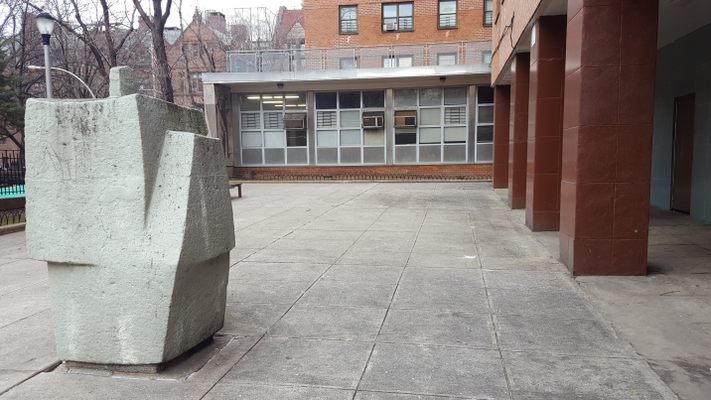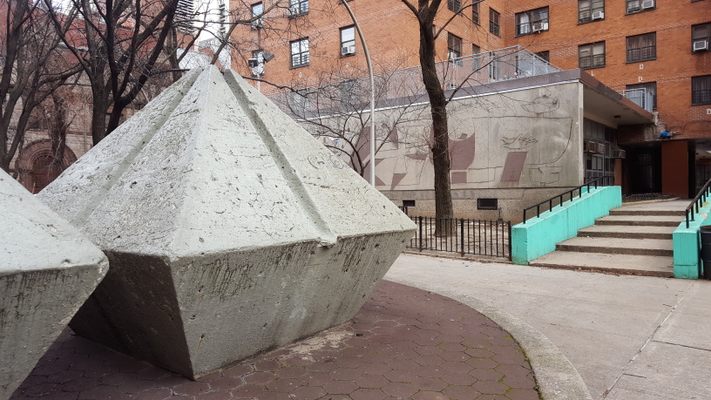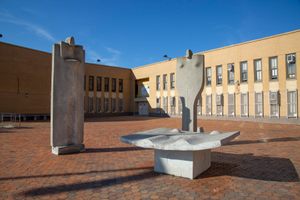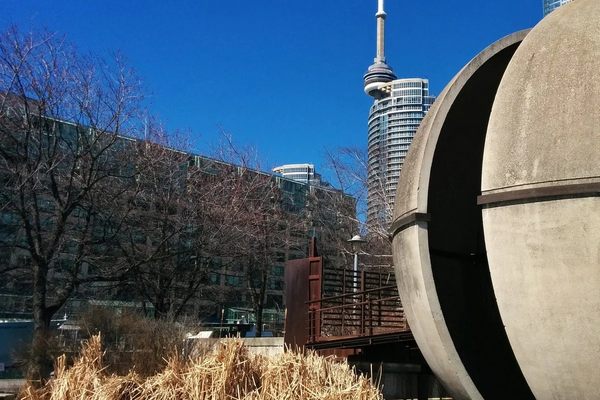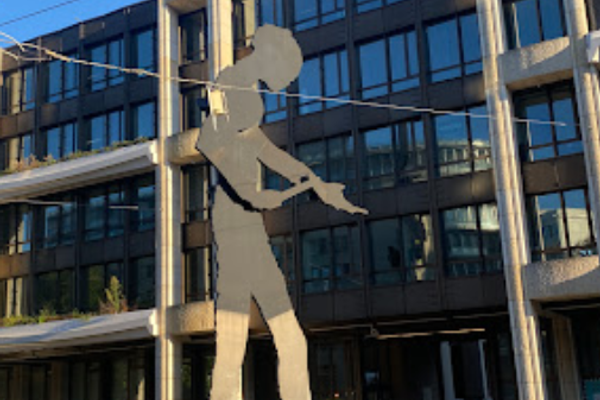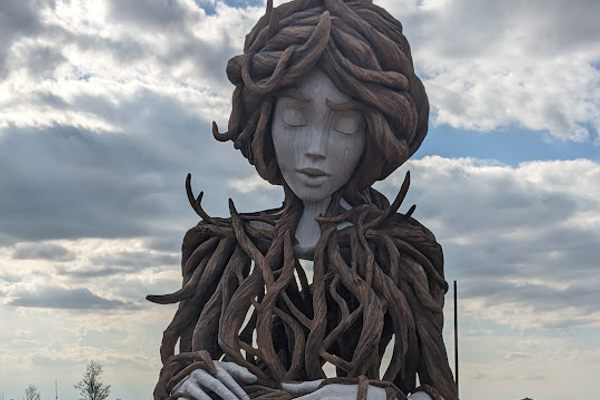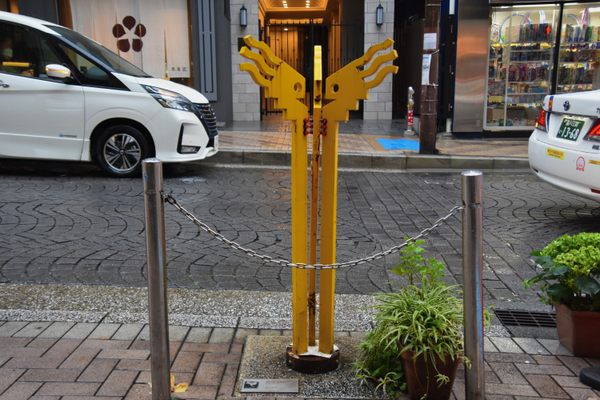About
In 1963, the Italian-born sculptor Costantino Nivola filled a playground that covers an entire city block with avant-garde abstractions. In the middle of an Upper Manhattan housing project, there are cuboid cutouts sculpted in cement, a fountain made with two diamond-shaped boulders, concrete play horses, and a sand-casted relief carved high into a wall. In the northeast corner, a matriarchal figure known as “The Nanny” rises from the ground.
The artist’s sculptures were built in an era when urban development incorporated art in its effort to uplift communities and express democratic ideals. “A work designed for a public space is less a work of art than a civic act,” Nivola once said. “It concerns the ways in which we live together, and in which we influence each other.”
Nivola emigrated from Italy to the United States during World War II. He often collaborated with architects and shared a studio for four years with Le Corbusier, who became a mentor and friend. But his legacy has faded over the decades, as many of his greatest creations have been removed or destroyed. Seventeen of his works remain in New York City, but many, including this one, are in a state of disrepair. Some objects at the Stephen Wise Recreation Area have chipped beige paint, or are encrusted in crass graffiti. Nevertheless, his hieroglyphic symbols and humanoid figures are a radical departure from comparable examples of public art, which still rely heavily on figurative statues cast in bronze.
The endangered nature of Nivola’s work is a lesson on the fragility of public art, which is often expected to last for centuries. Without proper maintenance, such sculptures can crumble in plain sight. Nivola believed that art belonged to the people, and he wanted the residents of public housing and the students of public schools to see art of the same quality found in the city’s best museums.
Related Tags
Community Contributors
Added By
Published
March 11, 2020




